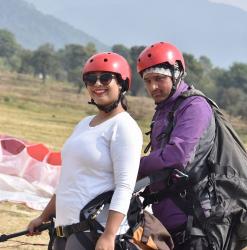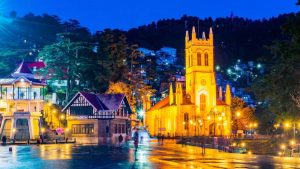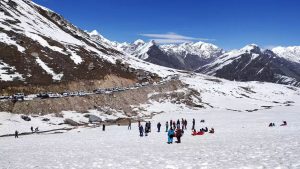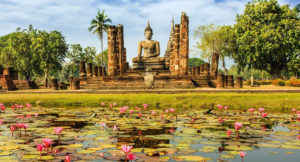Published: 31 Jul, 2018 Nidhi Singh
We live in a world that is full of new experiences as well as issues that contribute in looming our perception towards a particular place or thing. Most of the time, we become too judgemental when there is an encounter with something negative like beggary or hygiene or maybe unavailability of basic necessities, but that’s when solo travellers like us have to ensure that we act responsibly. The good thing about travelling solo is the ample opportunities of reflecting on life slightly more than an average traveller while on a trip. In a country like India, where the issues are directly proportional to its population, it somehow becomes a duty of a traveller to address some of the social, environmental, and economic issues. Don’t get me wrong, I have no intention of disparaging other types of travellers, but as a solo woman traveller, I feel talking about important issues is an innate part of travelling. Here are some of the issues in India that need to be addressed by a responsible solo traveller.
Plastic Pollution
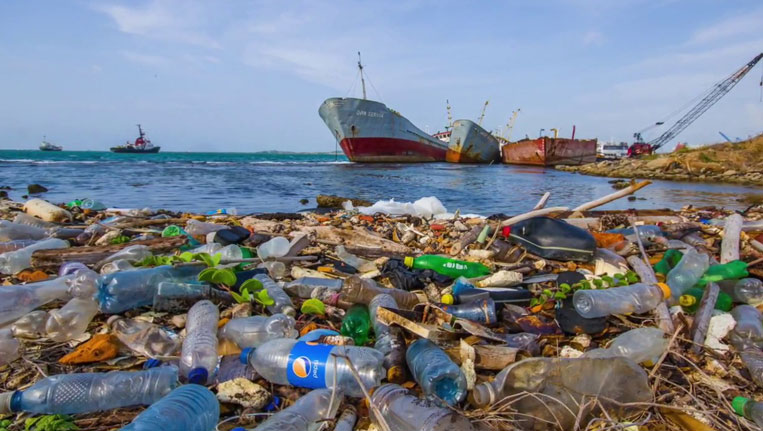
We all are well-acquainted with the hazards of plastic use. There is almost no country on our planet unscathed from the damage brought by plastic and its products. And indeed, India is no exception; the country alone generates 5.6 million tonnes of plastic waste annually and accounts for 60% of plastic waste dumped into the world’s oceans every year. Also, it is home to three out of the ten rivers in the world that carry 90% of plastic to the oceans. You can learn more about India’s role in plastic pollution in the blog I wrote on the occasion of World Environment Day here. The bottom line is, India is in neck-deep trouble due to plastic waste and even though some of the states in the country are making efforts to ban its use, there is still a lot that this second largest populated country needs to do about the issue.
There can’t be a more important issue at present than plastic waste/use to address as a solo traveller since the effects of it are lethal enough to destroy the ecosystem completely. You can cover places Sikkim, Rajasthan, and Uttarakhand where the plastic ban has brought significant changes; the struggles, efforts and measures, and the determination of these states are worth spreading the word about. On the contrary, there will be plenty of material to write on plastic pollution, if one starts exploring the major cities in India which on an average create 15,000 tonnes of plastic waste in a day. Deciding the angle of the story is apparently on the traveller but more than anything that matters is the urgency to speak about it.
Mass Migration in Villages of Uttarakhand
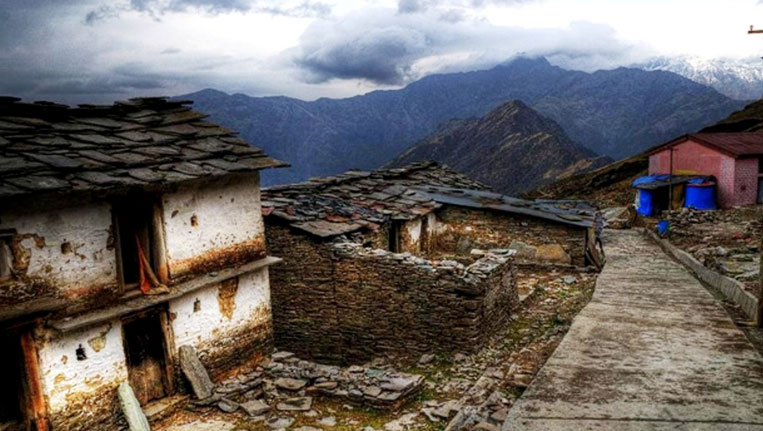
Uttarakhand, the north Indian state in the past decade has been haunted by the curse of mass migration. According to the census of 2011, in 16,793 villages of Uttarakhand, about 1,053 had no inhabitants and about 405 of them had less than 10 occupants. The reason being prominent yet quite alarming – unemployment. Several places in Uttarakhand were becoming ghost towns at some point in the past decade, and it indeed gave the state government a big challenge. Gradual efforts were made, some NGOs also came to help and the concept of homestays was brought to the state, which has, at some level curbed mass migration, rendered a source of income to the locals as well as gave them reasons enough to stay connected to their villages and culture and tradition. Even though there is a temporary pause on the mass migration in Uttarakhand, I being a native realize, need of a better plan in order to offer a strong base to stabilize this dwindling situation; there is still, a lot to be done.
As a traveller, it can be an experience to visit the remote destinations in Uttarakhand, where amidst the peace of Himalayas also dwell monstrous problems engulfing the tranquility every day. You will have ample opportunities to address issues from this part of the state and believe me, your smallest of contribution can bring significant changes.
The Woes of the Denotified Tribes in India
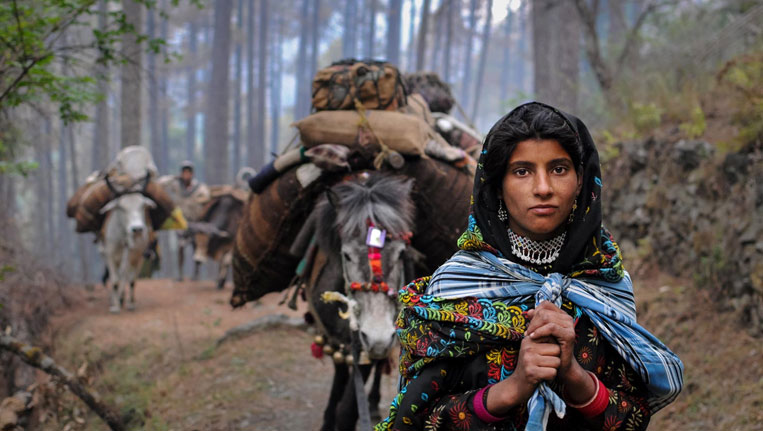
The constitution of India identifies only scheduled castes, scheduled tribes and backwards. It does not make any special provision for denotified tribes as such and you’d be amazed to know, denotified tribes (150) along with nomadic and semi-nomadic tribes (1500) make 11 crores of the population of India and still very few people talk about them or their identity is known to fewer people. Due to the criminal stigma attached, the denotified tribes have continued to live a life of poverty and discrimination. Are you acquainted with the Kalandars? Yes, the ones who trained monkeys and bears to dance on the Indian streets. Well, since their occupation has been criminalised, it has become too difficult for them to sustain and earn a decent livelihood. Do, you know, there are a lot of denotified tribes that were once recognized as the street artists and entertainers, that have vanished altogether and the only reason is their incapability of earning their livelihood. If this will be the case, I am afraid, we’d lose an innate part of the Indian culture. Indeed, I realise there are some occupations pertaining to keeping wild animals as a pet that should remain illegal, but what about offering these people an alternate way of earning their bread? There are still a number of denotified tribes who are unable to even make a small living for themselves, only because of the label of ‘Criminal tribe’ tagged on them. There are a plethora of cultural and traditional art forms that are dying just because we had and are ignoring the existence of these tribes.
As a travel writer, I feel obliged to speak about these denotified tribes, explore their culture and art and bring them back in the limelight so that such an essential part of India’s diversity isn’t lost.
The Lesser Recognized Tribal Tourism in Odisha
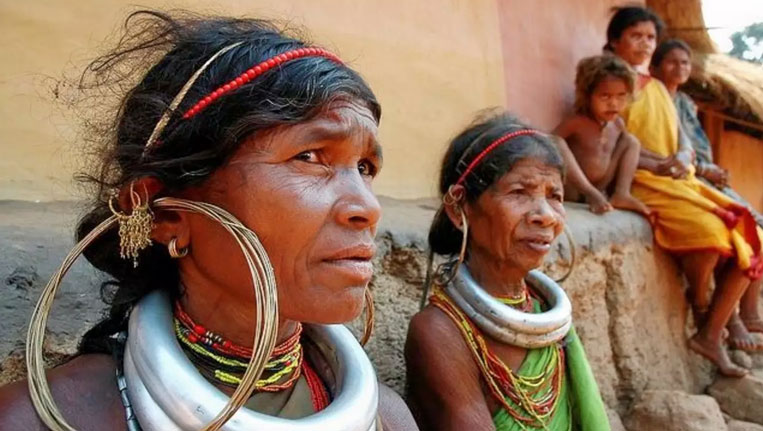
Google ‘tribes of Odisha’ and all you’d find outdated pictures and content that has not more than 100-150 words describing them. And this very fact caught my attention towards tribal tourism in Odisha. I will not lie, I have been ignorant about not only the tribes in Odisha, but it as a state altogether. Hardly, have I ever thought of planning a trip here and it never even occurred to me that the 62 tribes making 24% of the Odisha’s total population could make for excellent tribal tourism in the state. Odisha’s tribes have a lot to proffer to the visitors – culture, traditions, food, festivals, dance and music, handicrafts and handlooms. There is a whole new world for us to explore and I regret being so ignorant about it.
Child Labour
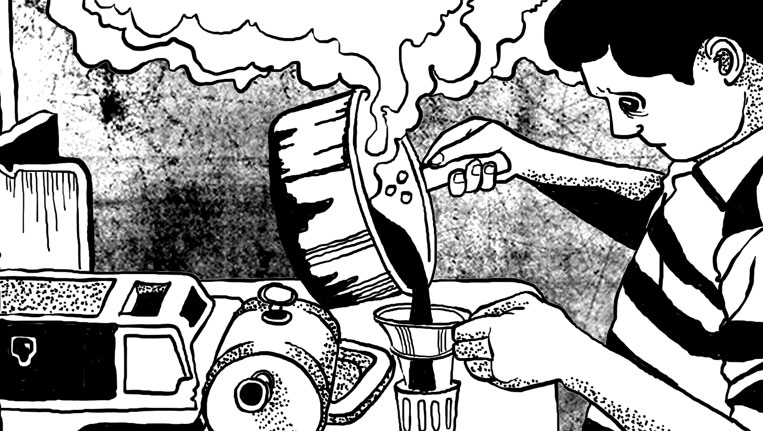
While there are a number of social issues in India that can and should be addressed, the issue of child labour is something that must be discussed often. Even though, India has banned the employment of children below the age of 14 in several professions – domestic labour, hospitality trade (roadside restaurants), restaurants, hotels, motels, and spas. The act of 1986 also penalizes whoever employes a child with imprisonment of three months to one year or with fine no of INR 10,000–20,000 or with both. Call the massive land area and population a curse as you’d still find a lot of children working especially in the roadside dhabas (restaurants), and I am pretty sure, you must have noticed them too, but unfortunately a lot of us never lodge a complaint against it thinking that the child must be the only breadwinner in the family and have too many mouths to feed. Also, sometimes the situation is even more complex than we can decipher.
However, we all have to agree, those little hands and feet are not made to run errands. It is their basic right to get the education, to be fed well, and to have a peaceful sleep. Like I said, the issue is sometimes too complex, hence, only raising voice against child labour will not serve the purpose. As a traveller, you can bring out the insights, record their stories, connect the children to the nearest NGO and help spread more awareness.
River Pollution
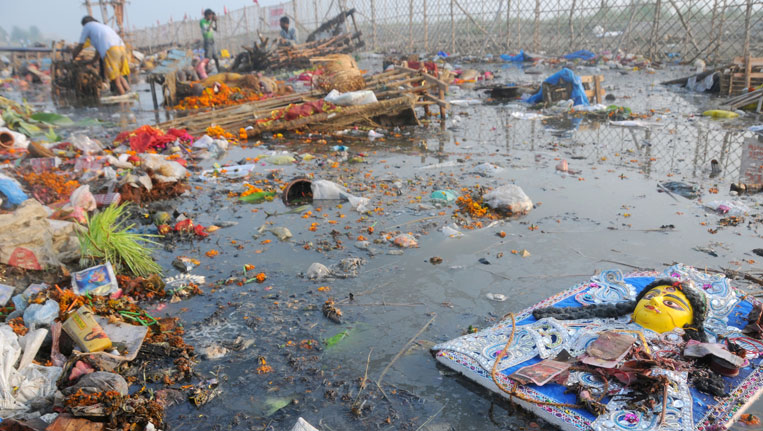
A recent news on how the so-called metropolis, Delhi will no longer have the availability of groundwater drew my attention towards the miserable condition, people in India have put their rivers into. Do you know 3 out of 10 rivers that are responsible for polluting the oceans in the world are situated in India? Yes, this is how far the country has gone in worsening the water crisis. But it isn’t that all the hope is gone, there are a number of river cleaning campaigns running for major rivers in India like Ganga and Yamuna. However, there are still several rivers in the country such as Gomti, Ghagra, Chambal, Mahi, Varada that require people’s attention. There is a dire need of making the locals and travellers aware of the rising level of pollution in these rivers, also, how their ignorant behaviour towards the same is even a bigger of a problem. I believe, a traveller is a right person to address this grave issue that has lethal consequences, and while you are in India, this is one issue you must pay attention to.
Promotion of Local Skills of Handicraft and Handloom
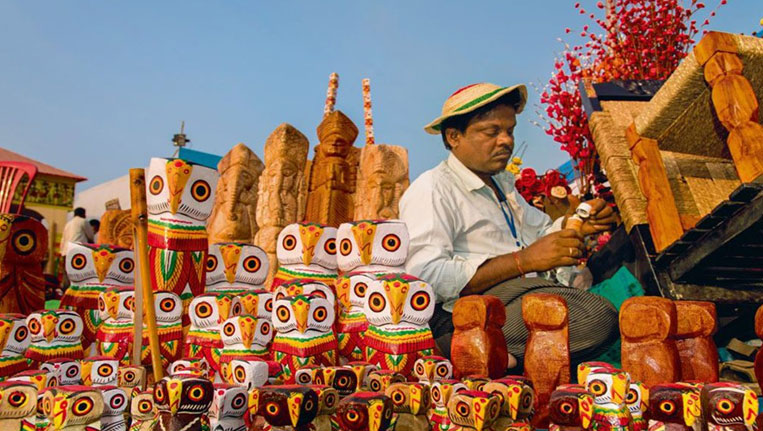
As a traveller, promoting local art and craft is nothing but an important part of travel. After all, a large part of the culture and tradition of any country has a deep connection with it. India, that boasts an affluent diverse culture is also the place where rural handicraft and handloom need to be promoted since it can help rural people earn their livelihood. Buying and using the local products and even interacting and staying with locals can give you material enough to create some brilliant travel write-ups.
Eco-Tourism
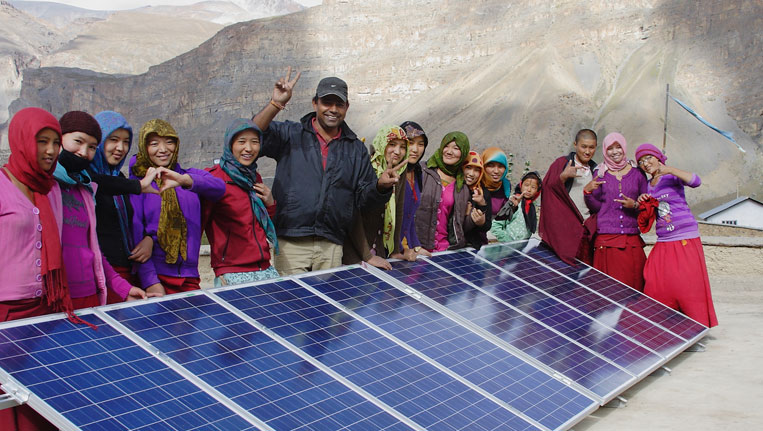
It is rather odd though that a country where nature was worshipped has done so much injustice to it. Apparently, India doesn’t even look like a place where nature was respected and its elements were revered as gods. It seems that most of the country is in the phase of irresponsible tourism, where neither the tour operators nor the locals, leave alone the travellers, think about how abusive they have become towards the travel destinations. Hence, India requires an eco-friendly approach towards its tourism and both the travellers as well as the service providers need to understand the urgency of it. There are some good examples for all to follow in the form of Ecosphere in Spiti, Himachal Pradesh that strives to offer tourists a new perspective towards the fragile environ of India. For those solo travellers looking to spend time amidst the pristine nature, but thinking of how to minimize the footprints, can visit places like Spiti and even Northeast India, Kerala, Andaman and Lakshadweep islands where tonnes of inspiration await them.
Wildlife Welfare

We all have been a witness to the condition of wildlife in India. Despite the efforts of the government, there are still many wildlife species on the verge of extinction. We have one-horned rhinos in Assam to take care of; then there is tiger poaching problem; the extinction of great Indian bustard, Himalayan brown bear and snow leopard; safety of Asian Elephants and marine wildlife; and several issues that need people’s attention. Not only the problem area is wide but the solution also vastly varies when it comes to wildlife protection. However, first thing first, the issues should reach a large mass, so that there is an inflow of multiple ideas and strategies, and who better to do the job of taking these issues on a major platform than a discerning traveller?
We are lucky that we are alive in the 21st century where it only takes a click of a button to transfer information from one end of the world to all corners of it. Hence, as a traveller or should I say solo traveller, I’d encourage you to create an avenue for responsible tourism, and address these burning issues with the help of the technology at hand. Countries like India, needs our support and with doing a small bit in problem-solving can bring this one of the best travel destinations in the world on the global map for best tourism. So, visit India, talk about its issues in a positive light and help it grow as a destination every traveller across the globe should see.
From the Lake District, Nainital, Nidhi Singh is a travel writer whose love for mountains can be seen in her write ups. Talk about solo travelling, indulging in adventure activities, binging on good food, planning budget trips or the Aurora Borealis and you will get all her attention. It is the wanderlust that keeps her going and if at all she could get one wish granted she would love to live a life less ordinary. Follow her on Twitter, Facebook & Instagram.


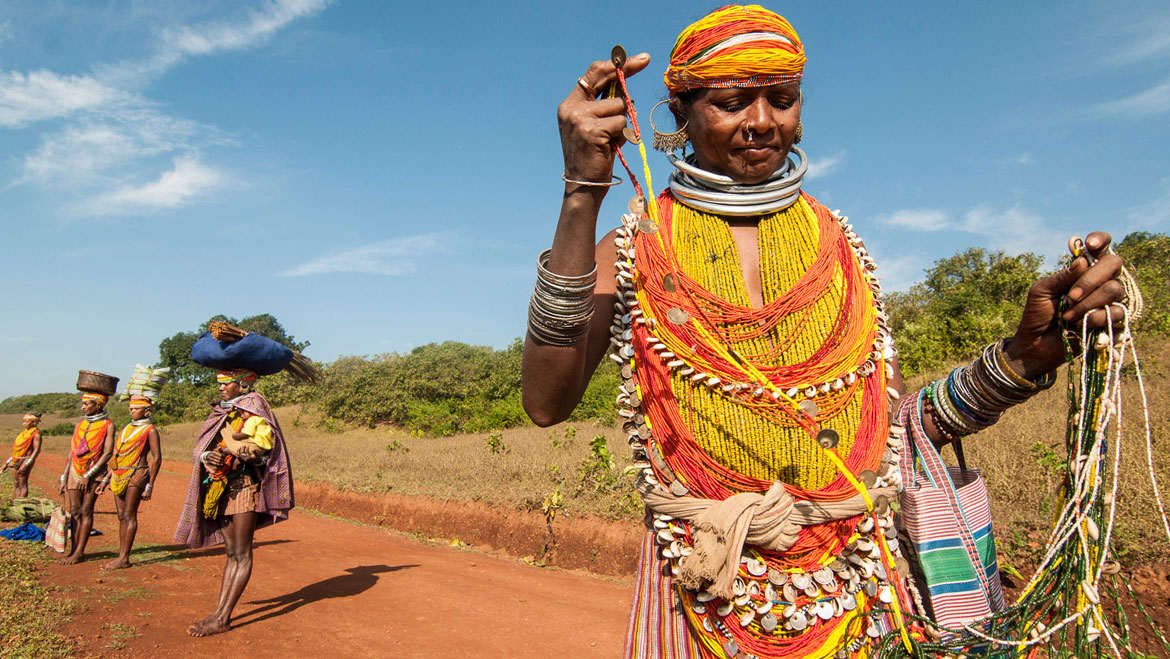
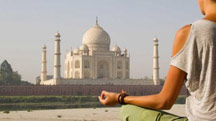 12 Nights / 13 Days
12 Nights / 13 Days 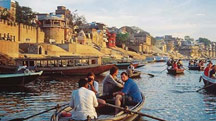 10 Nights / 11 Days
10 Nights / 11 Days 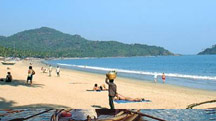 11 Nights / 12 Days
11 Nights / 12 Days  8 Nights / 9 Days
8 Nights / 9 Days 

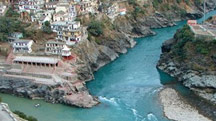 7 Nights / 8 Days
7 Nights / 8 Days 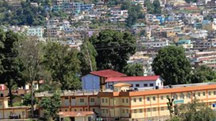 7 Nights / 8 Days
7 Nights / 8 Days 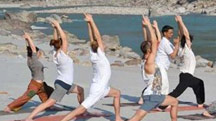 9 Nights / 10 Days
9 Nights / 10 Days 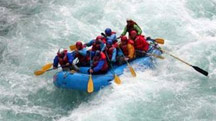 2 Nights / 3 Days
2 Nights / 3 Days 

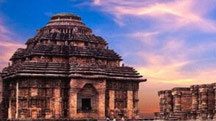 3 Nights / 4 Days
3 Nights / 4 Days  5 Nights / 6 Days
5 Nights / 6 Days  3 Nights / 4 Days
3 Nights / 4 Days  7 Nights / 8 Days
7 Nights / 8 Days 
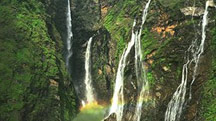 3 Nights / 4 Days
3 Nights / 4 Days 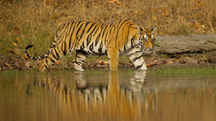 10 Nights / 11 Days
10 Nights / 11 Days  14 Nights / 15 Days
14 Nights / 15 Days 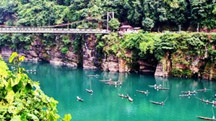 10 Nights / 11 Days
10 Nights / 11 Days 



